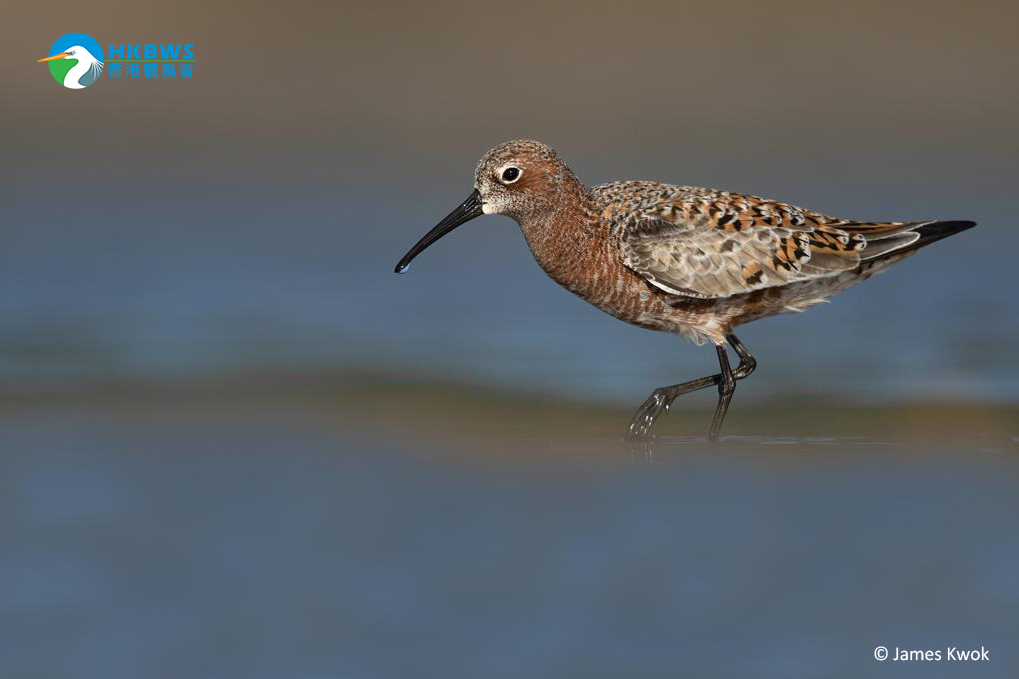
A charitable organization incorporated in Hong Kong with limited liability by guarantee.
Registered Charity Number: 91/06472
HKBWS Bird Ringing Goes Live: Learn more about our ringing and how we age and sex birds!
Humans have long been aware of the seasonal changes in bird populations. More than two thousand years ago, Aristotle once speculated that Redstarts would transform into Robins in winters, whereas swallows would stay together hibernating underground to stay over winter. At that time people did not know anything about bird migration that gave them much imagination in explaining their observation. Until 1822, a white stork (the famous Pfeilstorch) was hunted down in a German village which was carrying an arrow from a Central African tribe. This marked a historical milestone where people got a hint about bird migration. Scientists are fascinated of these amazing journeys and these journeys are often praised among poets.
In Hong Kong, April and May are the peak for seeing fascinating bird migration. Thousands and thousands of migrants departed from their wintering grounds in the south and headed to the north for breeding. A considerable portion of them come to Hong Kong as a stopover to forage and replenish. Here, Mai Po Marshes Nature Reserve is an excellent stopover site for many waterbirds. Curlew Sandpiper (Calidris ferruginea) is a common spring migrant in Hong Kong. They winter in coastal Australia, and then fly along the renowned East Asian-Australasian Flyway to get to their breeding ground in Northern Russia. They do not have a lot of stopover sites on the journey, yet Hong Kong is a major one. They start to appear in Hong Kong in March. Then their number reaches its maximum in late April where over six thousand birds could be present in the inner Deep Bay area. After that, they will be no longer easy to be seen in late May.

This year, on 21st March, we captured a Curlew Sandpiper with an old metal ring during a regular waterbird ringing survey in Mai Po. Upon checking the past records, we were so shocked to find that this individual was first captured (and ringed) on 13th April 2002. That is about 18 years ago! By that time, the bird was already considered as an adult, meaning it was born in 2000 or earlier. Given that the bird is now at least 19 years old, it is probably the oldest individual of its own kind. Over these years, the bird was believed to be traveling for over 400,000 km cumulatively. This is even further than the distance between the Earth and the Moon (384,000 km)!
The World Migratory Bird Day is celebrated on 9th May this year. Please join us to appreciate this magnificent nature event, while not forgetting to protect their fragile habitat and environment. Please treasure our nature, and reserve this amazing scene for our future generations.
Acknowledgement:
Hong Kong Bird Ringing Group
Waterbirds Ringing Group
→Support HKBWS's bird conservation

A charitable organization incorporated in Hong Kong with limited liability by guarantee.
Registered Charity Number: 91/06472